Philadelphia is renowned for its historic homes, with stunning architectural designs that reflect the city’s rich cultural heritage. Many of these properties require significant renovations to modernize their features or improve their structural integrity. The solution to this problem is a 203(k) Renovation Loan.
This is a type of loan offered by the Federal Housing Administration (FHA) that can be used to renovate and repair homes. It is specifically designed for homes that need major repairs or upgrades, and it can be a great option for homeowners who want to preserve their home’s history while also making necessary improvements. A 203(k) loan also allows homebuyers to borrow funds to purchase a property and make necessary renovations or repairs using a single loan. You can use this loan to customize your renovations to suit your specific needs while improving the overall value of your property.
In this article, we will explore five reasons why 203(k) renovations are perfect for Philadelphia’s historic homes. So let’s get down to it.
A Brief History of Philadelphia’s Homes
Philadelphia’s history is a long and fascinating one, and the city’s homes are no exception. From its earliest colonial days to its modern-day revival, Philadelphia’s homes have gone through a variety of changes and styles.
In the 17th century, Philadelphia’s homes were mostly simple, one-room structures made of logs or bricks. The row house was introduced to the United States via Philadelphia in this century.
During the 18th century, Philadelphia was one of the most important cities within the American colonies. Many of the homes built during this period reflected the city’s economic and social growth. In this era, brick structures became common. Some of the most prominent homes of this era were built in the Georgian style, characterized by symmetrical facades, columned entryways, and multi-paneled windows (see Figure 1).
In the early 18th century, a group of row houses known as Carstairs Row was constructed. William Sansom had purchased a block of land between Walnut Street and Sansom Street. Sansom built Union Row along Walnut Street, and Thomas Carstairs built Carstairs Row along Sansom Street.
Most of these buildings have undergone updates and renovations over time. The original detail is still visible only at 700 Sansom Street. The building now serves as the centerpiece of Jewelers’ Row, the nation’s first jewelry district (see Figure 2).
Figure 2
Brick row homes with several stories continued to be constructed, frequently by Stephen Girard. During the same time, marble mansions were built and granite fronts gained popularity in the city.
The early 20th century saw the rise of the Arts and Crafts movement, which favored more natural materials and handcrafted details. Many homes during this time were built using stone, brick, and wood and featured intricate details such as hand-carved moldings and decorative ironwork. Some of the most notable homes built during this time can be found in the Chestnut Hill neighborhood. One example is the High Hollow building by Goerge Howe (see Figure 3).
Figure 3
The Carl Mackley Apartments, a low-cost housing development, was built between 1933 and 1984. The American Union of Hosiery Workers commissioned the apartments and they hired Oskar Stonorov to design the apartments. At that time, the layout of the apartments, which included gardens, lawns, play areas, and underground garages, represented new architectural innovations (see Figure 4).
Figure 4: Carl Mackley Apartments in 2010
Finally, tax reductions established in 1997 and 2000 contributed to Center City’s condominium boom. Ancient buildings were converted into new luxury condominium towers all over the city and adjacent areas in the first decade of the twenty-first century.
Overall, the history of Philadelphia’s homes reflects the city’s economic, social, and cultural development over the centuries. From the grand Georgian homes of the 18th century to the contemporary designs of the 21st century, Philadelphia’s homes continue to shape the city’s identity and provide a glimpse into its rich history.
Why Use a 203(k) Loan
There are numerous benefits to using a 203(k) loan to renovate Philadelphia’s historic homes. In this section, we have outlined the five most important reasons.
1. The Opportunity to Buy a Historic Home that Needs Work
One of the reasons why a 203(k) loan is an ideal option is it provides an opportunity to own a historic home. Philadelphia is home to numerous historic properties, many of which are in need of repair and modernization. These properties often have unique architectural features and a rich cultural heritage, making them desirable for homebuyers interested in preserving the city’s history.
The 203(k) loan provides a convenient financing option for homebuyers who wish to buy a historic home, as it allows them to finance the purchase and renovation costs with a single loan.
2. Provides the Money Needed to Fix up Your Historic Home
Another primary reason to use a 203(k) loan to renovate a Philadelphia historic home is that it provides the homeowner with the money they will need to fix up the home. Many historic homes in Philadelphia require extensive renovation work. This work can include upgrades to electrical, plumbing, and HVAC systems, repairing or replacing the roof and siding, and restoring original woodwork and other historic features.
The cost of these repairs and renovations can be significant, and many homeowners may not have the necessary funds to complete them without taking out a loan. A 203(k) loan provides an affordable financing option allowing homeowners to borrow the funds needed to repair and renovate their historic house. This can help ensure that the home remains structurally sound and aesthetically pleasing while preserving its unique history for future generations to enjoy.
3. Improve Your Home’s Overall Value
Renovating a historic home with a 203(k) loan can be a smart investment. A 203(k) renovation loan not only makes the home more livable but also increases its value. For example, replacing outdated plumbing or electrical systems with modern, energy-efficient alternatives can save homeowners money on utility bills and make the home more attractive to potential buyers. Additionally, cosmetic upgrades such as new paint or flooring can give the home a fresh, modern look, making it more desirable on the market.
By preserving the historic character of the home and adding modern amenities, homeowners can make their homes more attractive to potential buyers in the future and ultimately increase the home’s overall value.
Figure 5
4. Modernize Your Historic Home
Renovating a historic home with a 203(k) loan provides homeowners with the opportunity to modernize their property without sacrificing its unique architectural features. While many homeowners may be hesitant to modernize a historic home for fear of losing its unique character, modernizing can actually enhance the home’s livability and make it more energy-efficient.
With a 203(k) renovation loan, homeowners can finance upgrading to more modern, energy-efficient systems such as HVAC, plumbing, and electrical, which can lower utility bills and reduce the home’s carbon footprint. Additionally, modernizing a home can provide convenience and comfort, such as the addition of new appliances or updated bathrooms and kitchens.
By modernizing a historic home, homeowners can enjoy the best of both worlds: preserving the home’s unique character while also enhancing its livability and comfort with modern amenities.
5. Preserve Your Home’s History
One of the biggest concerns when renovating a historic home is preserving its unique features. It is important to ensure that any new additions or upgrades are consistent with the home’s original style and character.
Many of Philadelphia’s historic homes are architectural treasures that showcase the city’s cultural heritage. These homes may have unique features such as original woodwork, windows, and doors that require restoration or repair to maintain their authenticity. By using a 203(k) loan to finance the renovation work, you can preserve these historic features and ensure that they are not lost to time.
Conclusion
In a nutshell, there are numerous reasons why using a 203(k) loan is an excellent option for renovating a historic home. Over the past few years, the 203(k) program has been popular among homebuyers. The popularity of these loans can be explained by their many advantages, which we have outlined the most important ones for you above. Understanding the benefits a 203(k) renovation loan provides to both buyers and sellers will give you some insight into what makes this program helpful to so many people from Philadelphia and beyond.
Matrix Company Solutions Corp. is a certified 203(k) contractor in Philadelphia with over 25 years of experience helping homeowners make their renovation dreams a reality. Whether you are looking to modernize your home or simply make necessary repairs, our team of experts is here to help. We provide a comprehensive range of remodeling services, ranging from renovating individual rooms to adding additions to complete home remodels. Contact us today to learn more about how we can assist you in your renovation project.

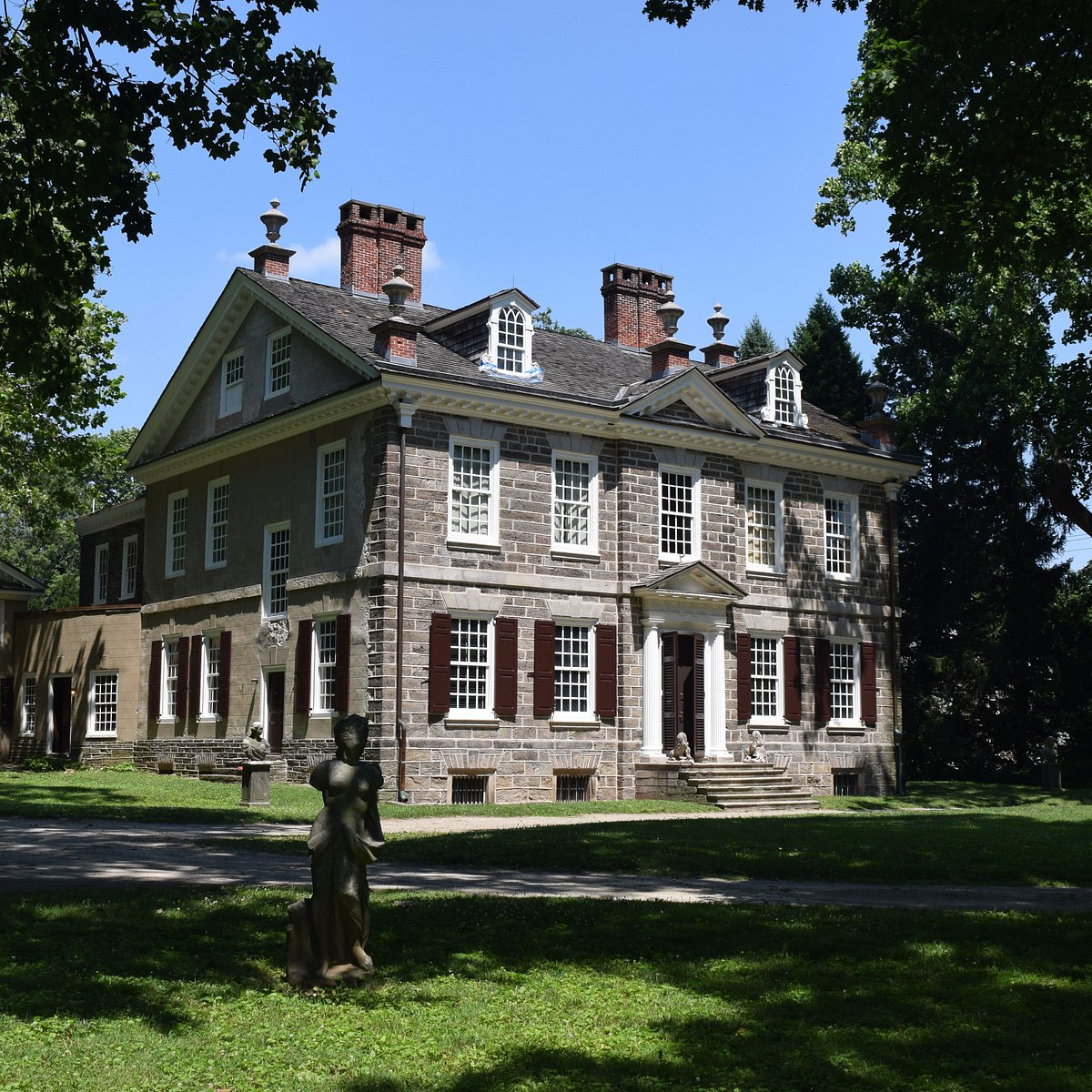

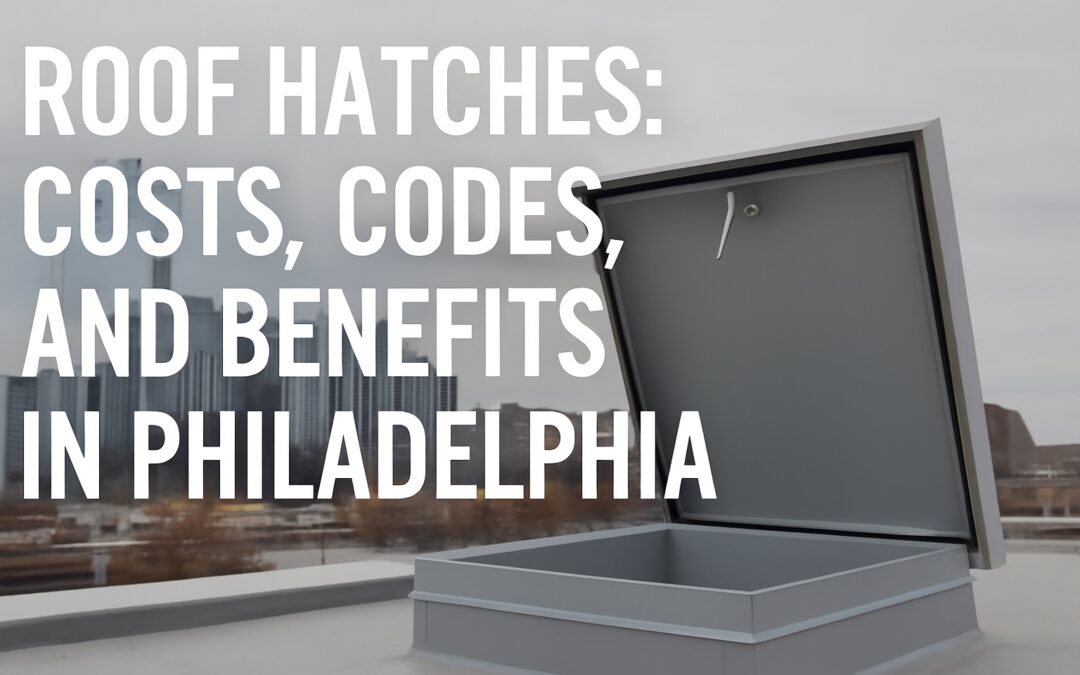
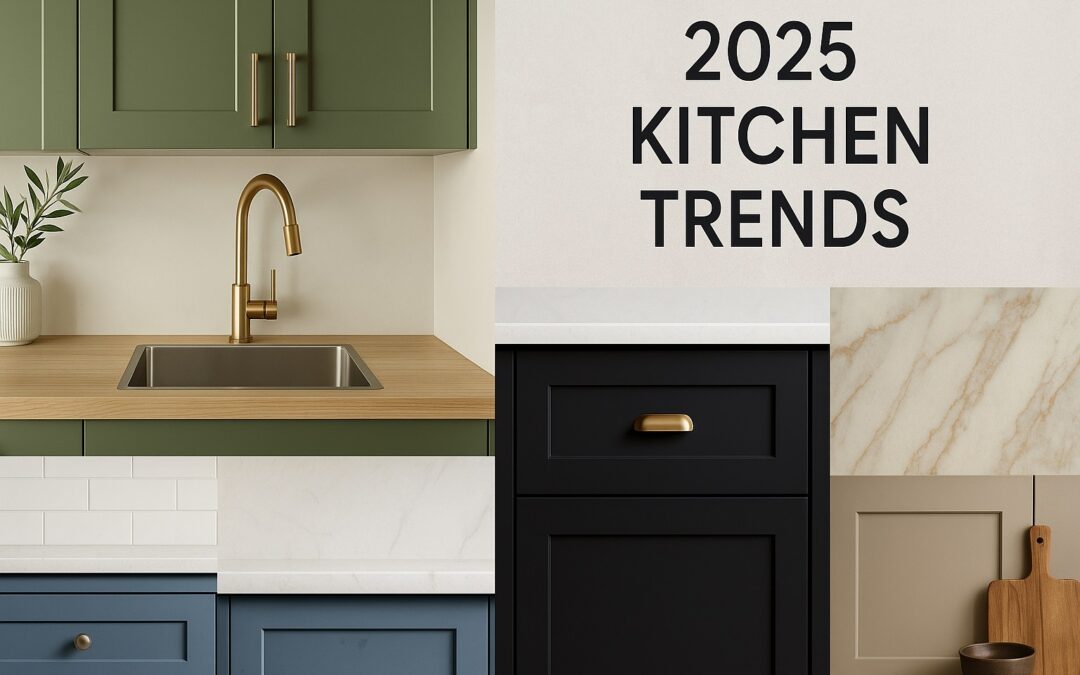

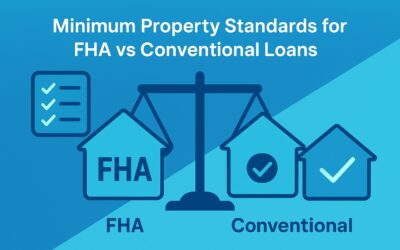
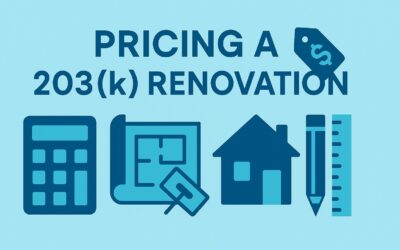
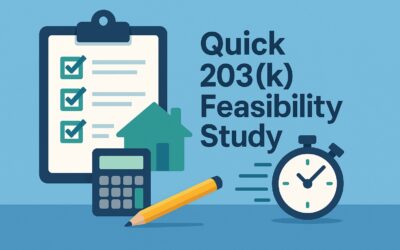
0 Comments